Analyzing Legislation and Restrictive Interventions in Healthcare
VerifiedAdded on 2023/03/21
|7
|689
|36
Report
AI Summary
This report identifies and explains legislation related to restrictive interventions in health and social care, emphasizing the importance of adhering to laws like the Section 3 Criminal Law Act 1967, Common Law, Health and Safety at Work regulations, and the Human Rights Act 1998 to ensure patient safety and rights. It underscores the need for the least restrictive intervention approach to maintain positive relationships with service users and promote better health outcomes. The report also highlights the safeguards that must be in place when using restrictive physical interventions, emphasizing the duty of care for service providers to ensure user safety and health precautions. Furthermore, it identifies various challenging behaviors exhibited by individuals, such as self-injury, aggression, and non-compliance, which service providers must address effectively. Desklib offers a platform to explore more solved assignments and study resources on this topic.
1 out of 7

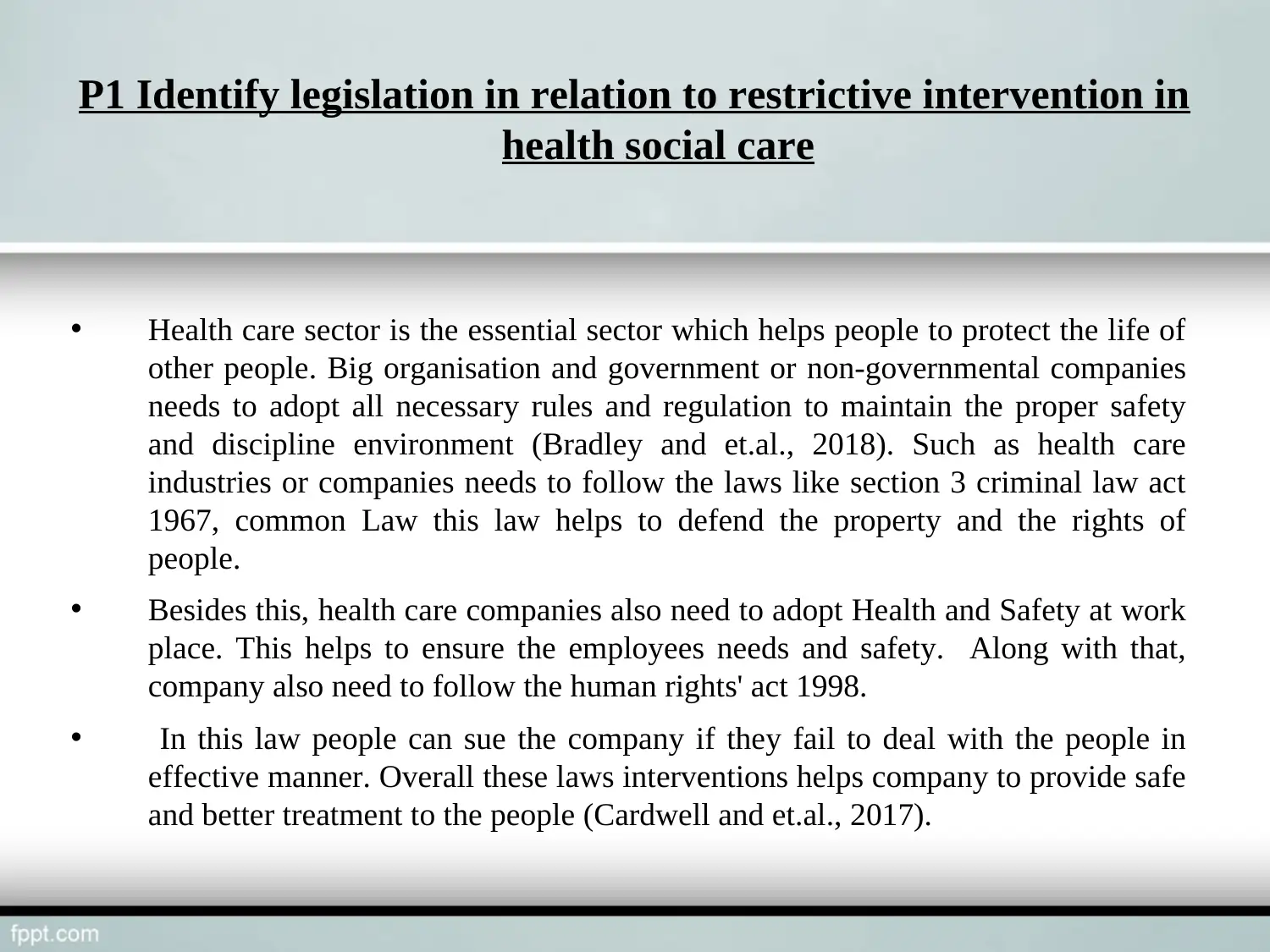
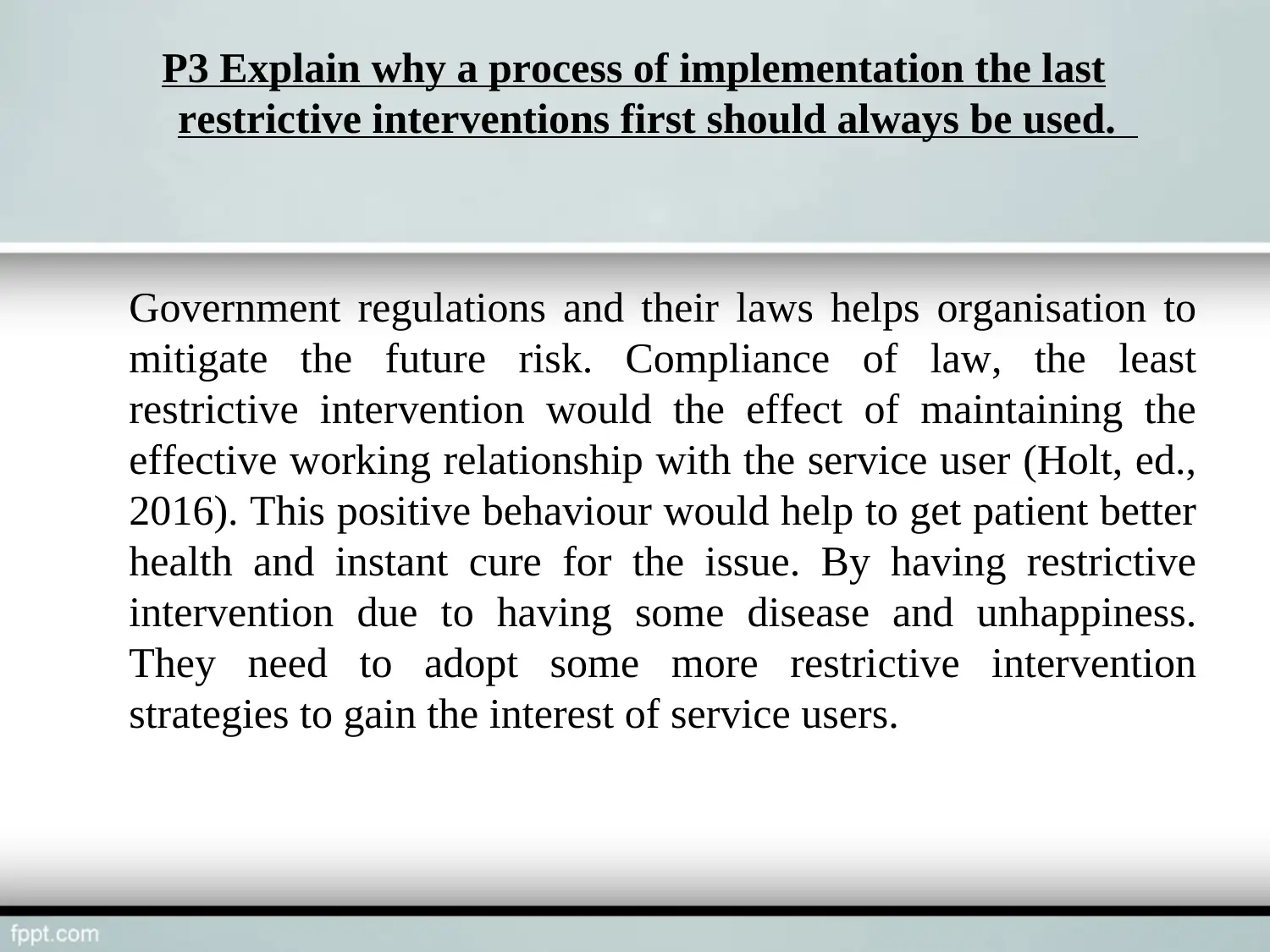

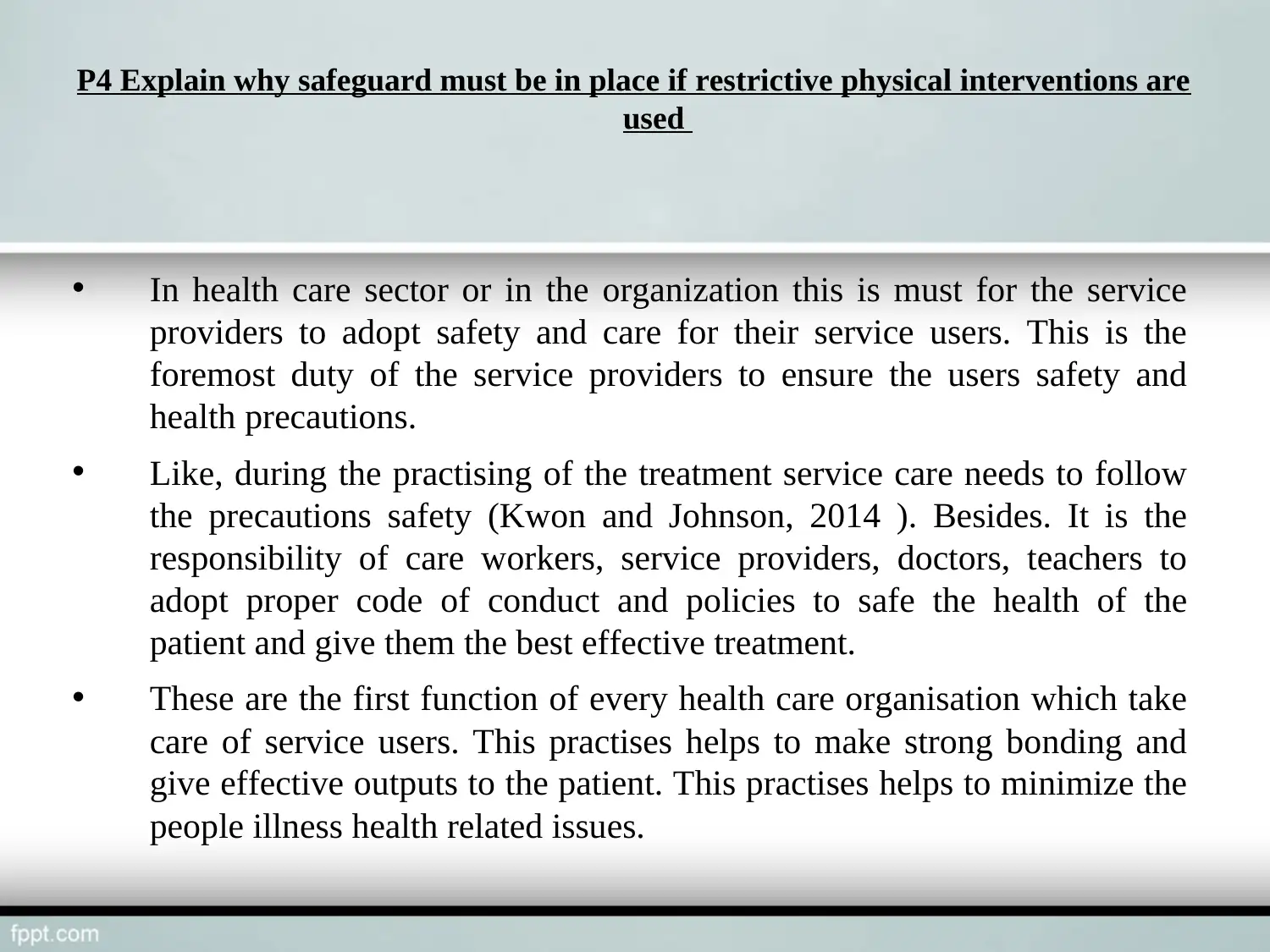
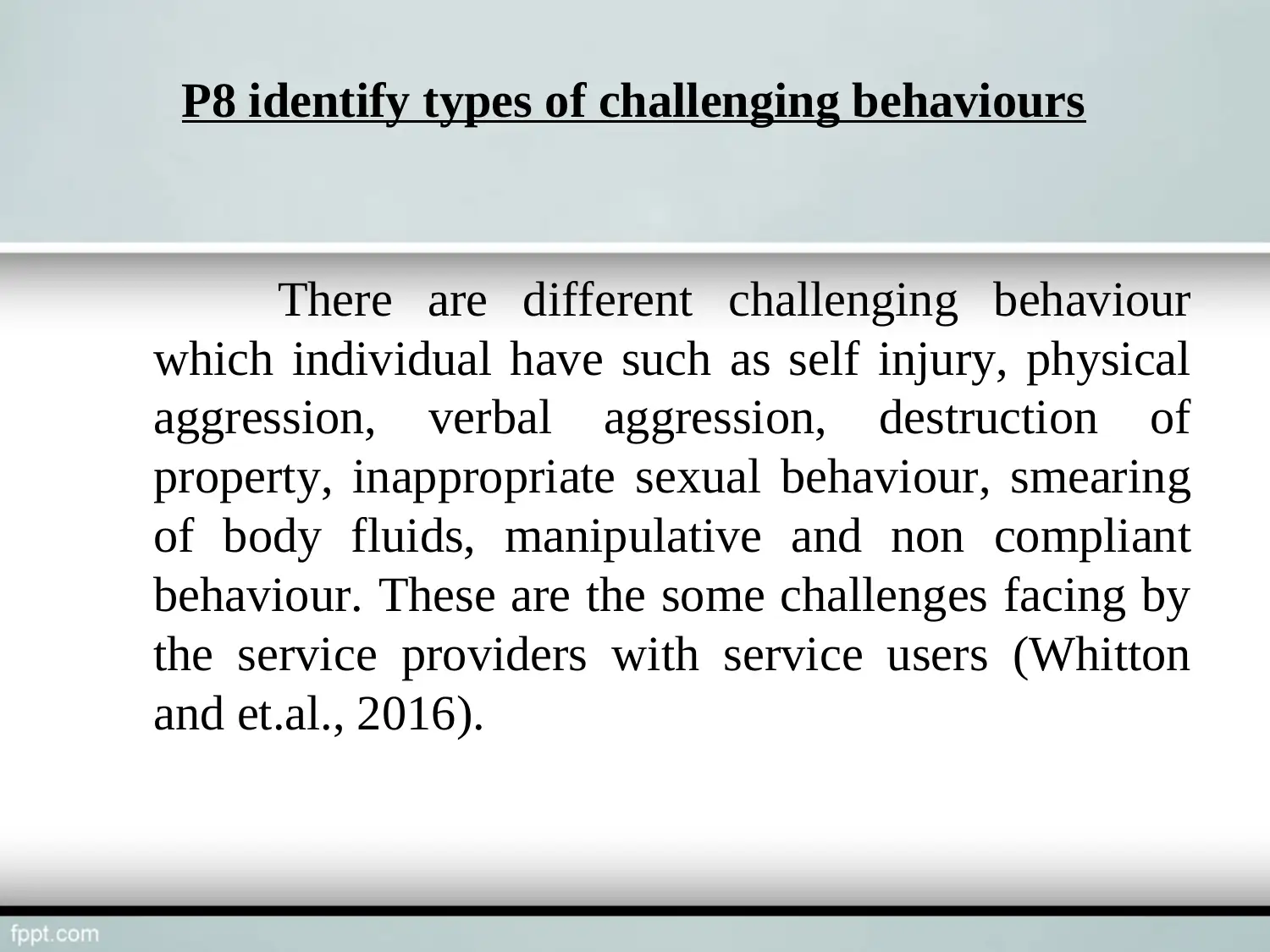
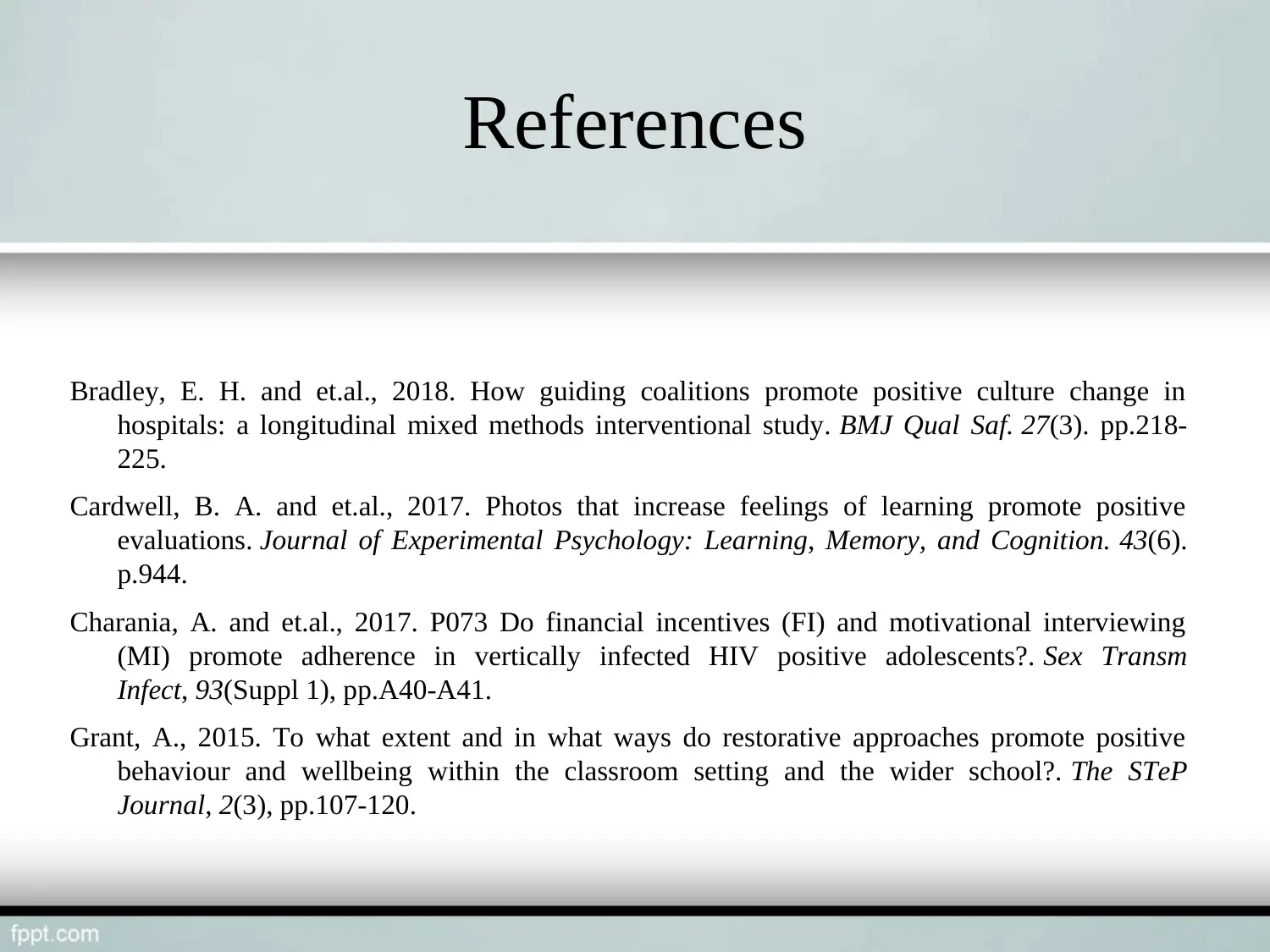







![[object Object]](/_next/static/media/star-bottom.7253800d.svg)